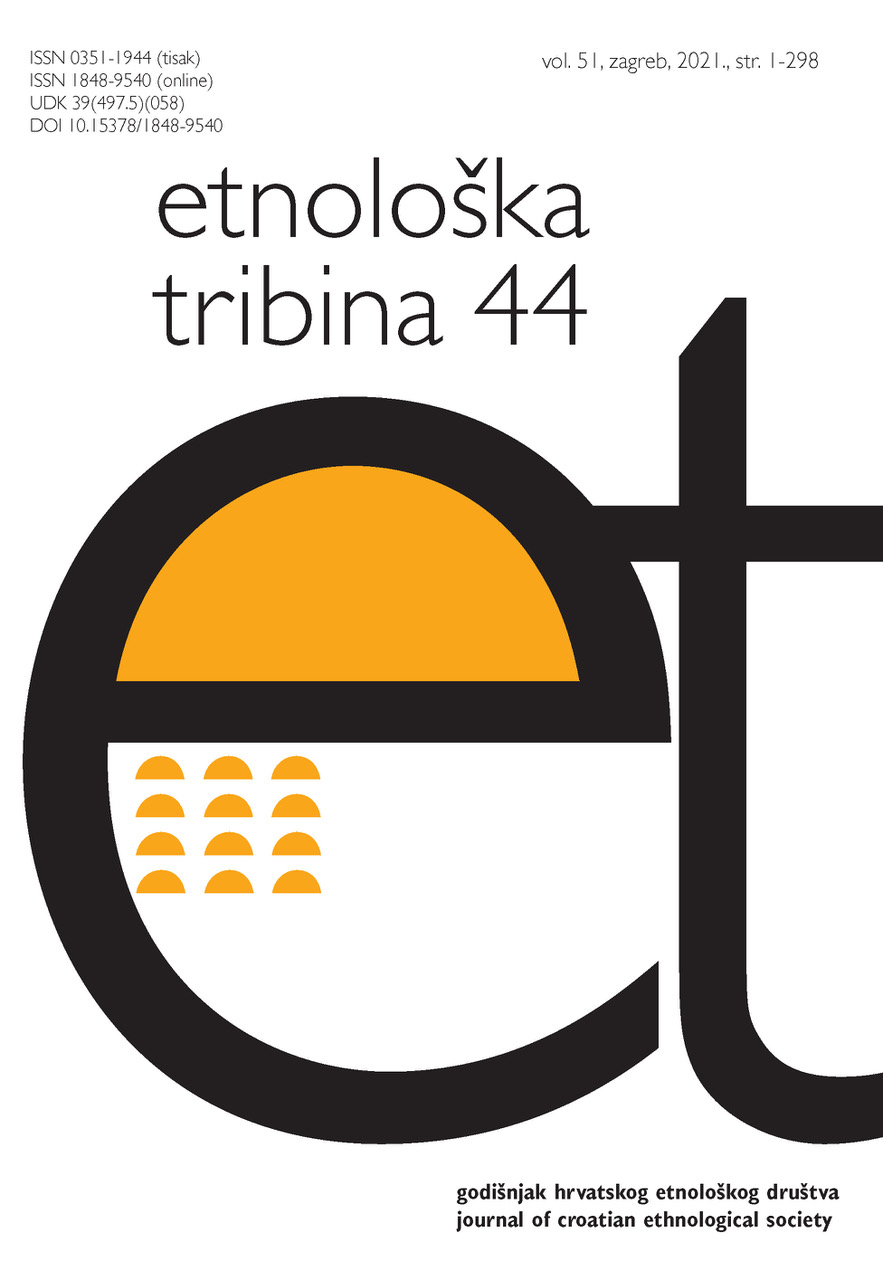Sacred Water Pools of Hindu Sacredscapes in North India
Abstract
The basic metaphysical frame of life in ancient India, that of sacred water (paviṭra jala) and
the notion that “Water itself is life” (jala hī jivan hai), can be illustrated with case studies of
two cities. Settled continuously since 1000 BCE, the cities of Varanasi and Ayodhya have
been eulogized as the salvific holy-heritage cities in India known for their ritualscapes associated
with sacred waters and pools. According to the ancient treatises and tales, there
were fifty-four sacred tanks (kunds) and wells (kūpas) in each of these cities, and they became
important sites for purification rituals, pilgrimage, healing and festive celebration by
devout Hindus. After providing descriptions of the sacred water pools, this essay in part explores
traditions associated with a water-pool sacred to the Sun god in both the cities. More
broadly, using ancient texts, present participatory surveys, and ethnological narration, the
essay considers the long-lived sacrality of water pools in these holy cities and current development
strategies involving them.
Downloads
Published
Issue
Section
License

